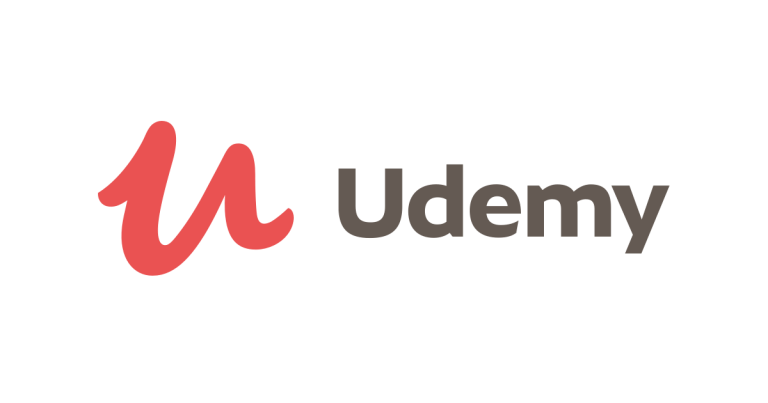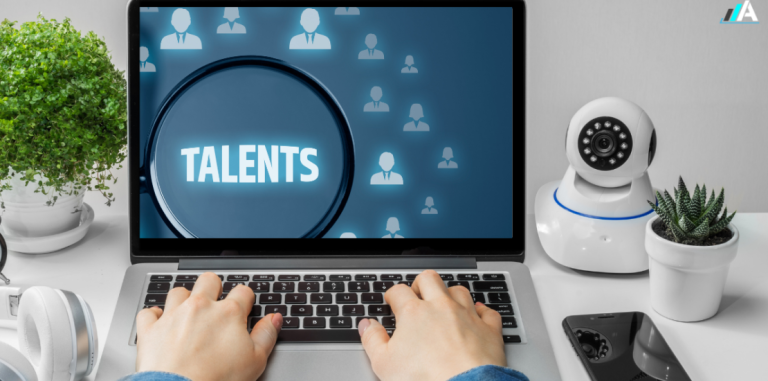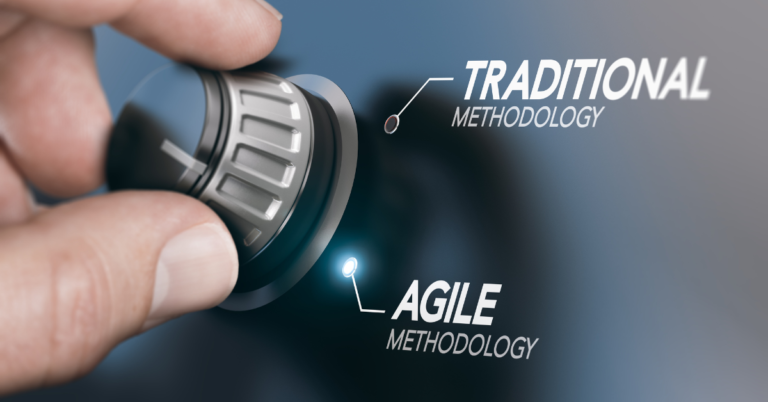
Over the last decade, technological disruption has shortened the half-life of professional skills. Critical thinking, collaboration, and communication skills reportedly last five years while technical skills become obsolete even faster. The pandemic has accelerated this trend. As many as 375 million workers (14% of the global workforce) will need new skills by 2030. 
These statistics tell a clear story: upskilling your workforce is a business imperative.
But accepting this fact isn’t enough. If you want to remain competitive, learning can’t be separate from work. You need to provide opportunities for employees to learn in the flow of work — in the exact moment when they need to answer a question or develop a new skill.
Here are four ideas to start incorporating learning into the flow of work in your company.
Workplace learning idea #1: Establish norms to reinforce learning at work
Learning is simply part of the job now for everyone. Managers need to feel comfortable setting aside time for their own learning — and encouraging their employees to do the same. While this takes some initial adjustment, everyone may be surprised to discover how much they enjoy learning and how quickly it contributes to their sense of purpose.
Here are a few ways managers can establish norms around learning at work.
- Encourage employees to own their learning experiences: Managers should think of themselves as coaches and guides for workplace learning. They can help their employees navigate their learning options but shouldn’t dictate exactly what and how learning occurs.
- Enable continuous learning through various modalities: Give employees a choice in how they access new information. Online courses are simply one option. You can also encourage knowledgeable employees to share their expertise through peer-to-peer learning. You likely have some natural “explainers” in your midst who would love the opportunity to share their insights in a lunch and learn session.
- Explore the data that’s available to you: If you use a learning management system or another digital learning platform, you can see how people spend their learning time. Your learning platform may also be able to spot patterns and trends, making personalized recommendations to learners to help them build on their knowledge.
Workplace learning idea #2: Align learning with performance conversations
Beyond weaving learning into employees’ daily routines, make learning an ongoing subject of conversation among managers, teams, and individuals. It can be incredibly motivating to hear about your colleagues’ learning accomplishments and challenges. These conversations inform managers about what skills their employees possess, which skills the team needs to scale up on, and what opportunities or new projects are possible based on the team’s capabilities. Here are a few ideas for soft skills learning that are relevant throughout the employee lifecycle.
- Change Agent: In today’s work environment, we must get comfortable adapting to change. You can help employees develop change agility through dedicated workshops. Allow them to build skills like situational awareness and reframing, so they become more confident in the face of change.
- Manager Labs: Create social learning experiences so managers can share management insights and expertise. Allow participants to select the topics and lead these sessions themselves. This can give voice to ideas that may not have previously found the proper forum.
- Coaching: Nearly half — 49% of workers — want more coaching from their managers. But not all managers automatically know how to be good coaches. The GROW model is a simple way to frame coaching conversations by asking employees:
G – What are your goals?
R – What is your reality in relation to your goals?
O – What options do you have, given your reality?
W – What specific actions will you commit to?
Workplace learning idea #3: Move away from programmatic and episodic learning
The traditional approach to workplace learning can be described as “programmatic.” It involves a set schedule that rotates a group of employees through specific training modules. With employees distributed across the globe and learning demands that pop up at any time, this approach no longer works.
A more appropriate approach puts employees in charge of their own learning. They get access to content like on-demand online courses that they can fit into their schedule. You can still supplement these courses with in-person workshops or blended courses and discussions.
L&D should be moving in this direction: helping people get in front of their learning needs.
Workplace learning idea #4: Create the time and space for learning at work
Access to on-demand learning is critical, but it’s not enough. Employees must have the time and space to learn. In fact, 54% of employees said having more time to learn at work would motivate them to learn.
One way to do this is by creating a company-wide block of time where everyone is expected to focus on learning. This could be a set time each week or month. Employees choose how to spend their time, such as taking an online learning course or participating in a group discussion. Everyone can set their email and chat to “do not disturb” to minimize distractions.
In an office setting, you can create a dedicated learning space like the “quiet car” on a commuter train where everyone refrains from talking, silences their phones, and maintains a sense of peace and calm. In a virtual setting, employees can set themselves up for success by ensuring all other applications are closed and their phone is out of sight.
Keep pace with the accelerating changes to work
The pace of technological change isn’t slowing down. McKinsey finds that it’s accelerating due to the pandemic. In the US alone, around 17 million people may need to transition to new jobs by 2030.
You can help your employees prepare for the future by making learning a part of everyday work. Need some help developing a roadmap to navigate the challenging road ahead? Discover how innovative HR and L&D leaders are building a stronger foundation for the future in Fast Forward 2021: Why the Future of Work Needs to Be Meaningful.
Original Article: 4 Ideas to Improve Learning in the Flow of Work – Udemy Blog
Melissa Sizuno, HR and L&D Insights Writer, Udemy






